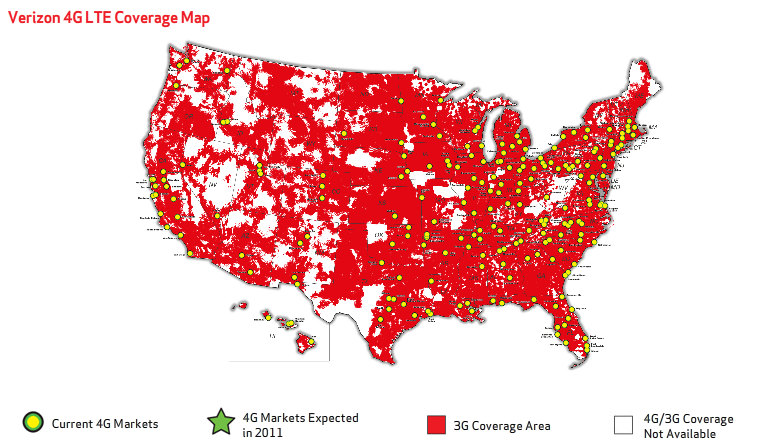Verizon explains 4G outages: Parsing the IT failure transparency

Technology failure rule No. 1 is that when everything hits the fan you need to outline how a project went wrong and what's being done to fix it. For good measure, outages should include an apology.

Verizon says:
The Verizon Wireless 4GLTE Network is BY FAR the largest and the most advanced 4GLTE wireless network in the world. It is available in 190 US markets and covers more than 200 million people, providing the fastest 4G Network in the US.
Being a pioneer comes with growing pains. The recent issues that affected our customers’ 4GLTE service were unforeseen despite careful, diligent planning, deployment and ongoing upgrade programs.
I say: I didn't realize I was a guinea pig for your pioneering network. I just wanted the service to run. You instantly sound defensive. Outages happen, but don't tell us you have the best LTE network on the planet when you have an outage every week.
Verizon says:
Problems customers experienced affected connectivity to the 4GLTE Network and data service. Several times, we have proactively “moved” 4GLTE customers onto our 3G Network to ensure all would have a data connection. For brief periods, such as on Wednesday (12/28), 4GLTE customers could not connect to the 3G Network as quickly as we would have liked.
Nonetheless, we estimate that 4GLTE connectivity has been available approximately 99 percent of the time this year.
I say: How about another .9 there because that 1 percent of downtime stinks? What's the 3G uptime?
Verizon says:
Why have these issues occurred with our 4GLTE Network? Each incident has been different from a technical standpoint. Our engineers have successfully diagnosed those past triggering events, and they have not re-occurred. We also work diligently to rectify technical problems in the Network before they affect any customers.
Our 3G and 1X Networks continue to reliably process calls, texts and data for customers with 3G devices and, when necessary, 4GLTE devices. It continues to perform at the high level that established it as the nation’s largest and most reliable 3G Network.
I say: This sounds like a network held together by rubber bands. More detail on the triggers needed. In fact, it's alarming that LTE is down given the network isn't being taxed that much due to a slower customer adoption curve. Offloading to 3G isn't much of a comfort since I paid a premium for 4G.
Verizon says:
We are taking a number of steps, working closely with our network suppliers, to ensure the integrity of our 4GLTE Network. We continue to fortify and improve its performance, and our goal is that our 4GLTE Network meets the same high standards that our 3G Network has set for performance and reliability.
I say: Time to start poking around on the network suppliers on the LTE network. What vendors are screwing up?
Verizon says:
Among the numerous measures we have taken or will take are: geographic segmentation, which enables us to isolate, contain and rectify network performance issues, and maintain service to the majority of customers when an issue does develop; and software fixes that we have developed, tested and applied regularly – and will continue to do so. Both will improve performance and reliability.
I say: So it's a software issue. A little more color on redundancy would be nice here.
Verizon says:
We will not rest until our 4GLTE network performs at the very highest levels that our customers have come to expect from us.
I say: That last paragraph in the statement should have been first.